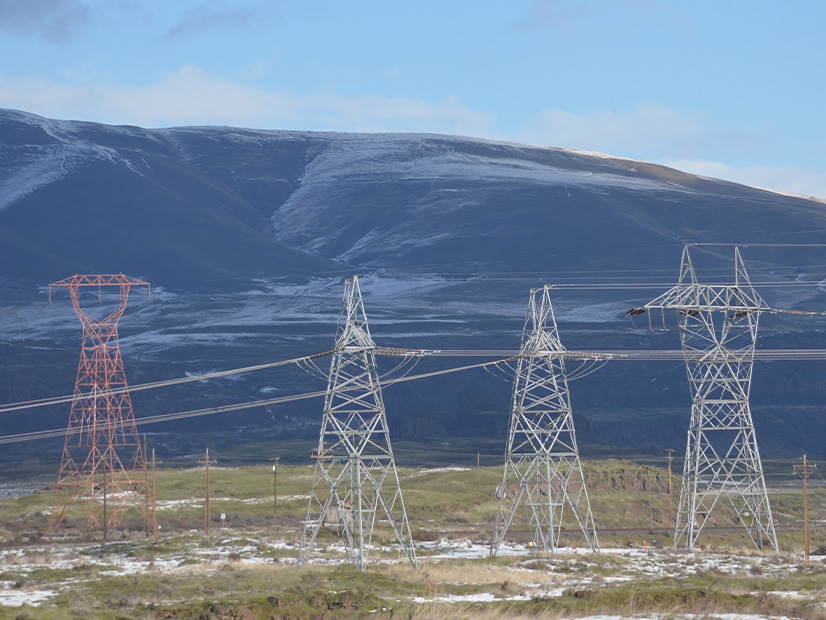CAISO Readies EDAM Tariff Changes as New Market Nears Opening
Existing Intertie Scheduling Approach ‘Largely Preserved’
Dec 21, 2025
|
CAISO is proposing a set of tariff changes for submission to FERC early in 2026 to help ease participants into the ISO’s new Extended Day-Ahead Market.


